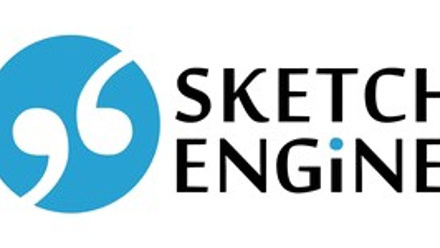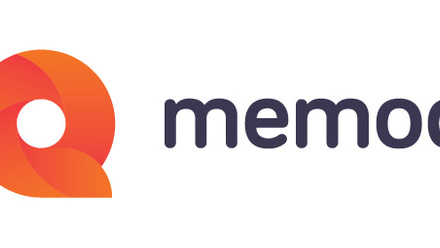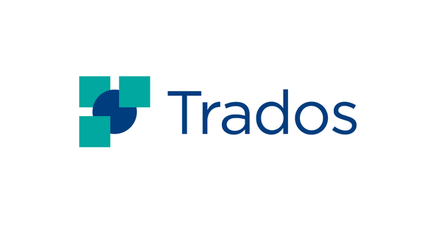What is machine translation?
What is machine translation? Can it actually substitute for human translators? And how can it help your business? In this guest blog, ITI Corporate member K International answers your questions about machine translation.
Machine translation is a hype magnet. Every leap forward is accompanied by breathless headlines that leave readers with the impression that computers are now capable of producing fluent, error-free translations in real time. The truth, as always, is more complicated than that. This guide will help you learn more about the pros and cons of machine translation and determine when and how to use it effectively.
Machine translation: A definition
Simply put, machine translation, often abbreviated to 'MT', is automated translation produced by computer software. But all MT is not created equal. There are a variety of potential approaches to machine translation. Effective implementation depends in part on choosing the right approach for the situation at hand.
Over the last few years, computers have become increasingly good at swapping words from one language to another. However, translation is more than simply swapping words. Whether it’s performed by humans or by computers, the act of translation is rarely so straightforward. Human languages and cultures are rich with variations - a word in the source language doesn’t always have an exact match in the target language. Word order can vary. Humour and idioms often make absolutely no sense when translated literally.
To attempt to get around these difficulties, scientists have designed the following types of machine translation technology:
Rule-based machine translation
Rule-based machine translation is the oldest type of machine translation. It relies on linguistic 'rules' for converting text from one language to another. As you might imagine, designing rule-based MT is a complicated, labour-intensive endeavour. And the results are often underwhelming, because the resulting programme has no idea how to deal with the exceptions to the rules. And in languages, as in the rest of life, there are always exceptions.
Statistical machine translation
Statistical machine translation represented a leap forward in machine translation technology. Instead of human programmers laboriously encoding rules for grammar, syntax and vocabulary, statistical machine translation relies on analysing texts that have been previously translated from the source language to the target language, finding patterns, and applying those patterns to future translations.
The rise of statistical machine translation meant that automatic translation was suddenly widely available to the general public. However, accuracy is still less than perfect. As K International's CEO Richard Brooks noted here, 'it knows no grammar, it fakes grammar through its segmentation rules.' Errors are especially likely if there are not enough high-quality sources in both languages for the algorithm to draw from.
Neural machine translation
The newest method of machine translation uses 'neural networks' modelled after the human brain to 'learn' how to translate between two languages. NMT is also capable of translating an entire sentence at a time, instead of just one word or phrase at a time. This is an amazing accomplishment, and it provides more accurate translations than ever before. However, claims of equal quality with skilled human translators should be taken with a grain of salt.
Customised machine translation
Language is context-dependent. Even human linguists can struggle to accurately translate text if they don’t have enough background information. That’s why translators often specialise in a particular field, like medical translation or legal translation.
Customised MT engines incorporate industry-specific terminology along with translation memories - previously translated words and phrases - to improve accuracy. It’s the MT equivalent of a specialist translator.
When to use machine translation (and when to avoid it)
MT is a powerful tool. But remember: with great power comes great responsibility. The temptation to just plug your content into a free public translation tool can be hard to resist. But giving in to that temptation is often irresponsible. If what you’re translating has value, it’s important to get the translation right. Otherwise, you’re shortchanging your business, your brand, and your customers. If the information is especially critical (food allergens, safety instructions, etc.), you could even cause harm (not to mention a tremendous liability risk).
Public MT engines are also the wrong choice for translating sensitive, private information, as they can create a data security risk in some cases.
What about websites? Well, Google dislikes poorly translated copy, whether it’s written by human or by machine. Automatically translated content, meanwhile, is classified as 'automatically generated content' and merits an SEO penalty.
MT also does nothing to address formatting issues that can come from translating between scripts, or from languages with long words
Machine translation is excellent for getting the “gist” of a text. For long, repetitive, internal documents, it is sometimes useful. And it’s often the most practical way to translate large amounts of user-generated content. But on its own, MT is adequate at best. Often, it’s not even that. Quality is especially dodgy when translating between less common language pairs, and for languages that differ greatly from English.
Where MT really shines is as part of a comprehensive translation workflow, supervised by skilled human linguists. This gives organisations the best of both worlds - translation speed is greatly reduced and consistency is improved, without the risk of translation errors should the computers go rogue.
About K International

K International is a language services agency which has been in business since 1986. Serving many of the world’s largest companies as well as multiple departments within the UK Government, its systems are flexible to make working with them as straight-forward as possible.
K International staff are friendly, innovative, technically driven and passionate about languages. They pride themselves on being accessible, willing to talk through requirements and help find perfect solutions to make their client’s projects successful. Together their world-wide team of translators and language experts help communicate messages to audiences anywhere in the world.
Find out more about K-International online or in the ITI Directory.
The translation and interpreting industry is not regulated. Therefore, it is important that you work with freelancers or language services companies who are members of a reputable professional body like the Institute of Translation and Interpreting (ITI).
Have confidence in who you hire. Use the ITI Directory to find an ITI Qualified translator or interpreter, or a Language Service Provider that is an ITI Corporate member.





